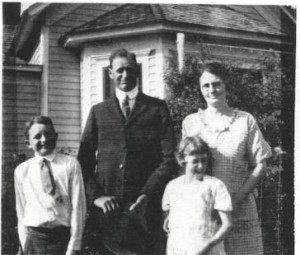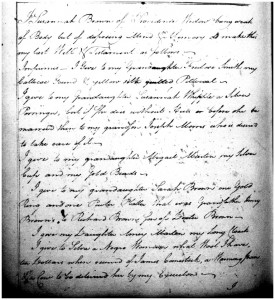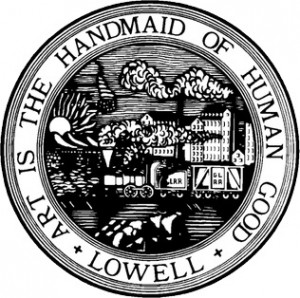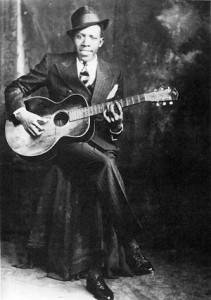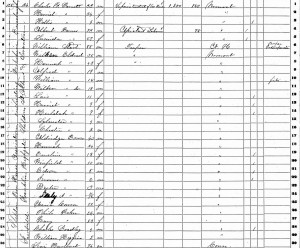
Vita Brevis readers are likely all too familiar with the problem of brick walls in genealogical research. Many are aware of the uses of probate and estate records, but what if your ancestors are not to be found in the probate records of the area where they died? There can be any number of reasons, for economic conditions in the colonial and early Federal period were often unstable, and a family could find itself experiencing periods of both comfort and destitution at one point or another. Fortunately, there are a number of techniques to track less wealthy ancestors, both in the interest of making family connections and learning something of the reality of their lives. Continue reading Poor relief records
